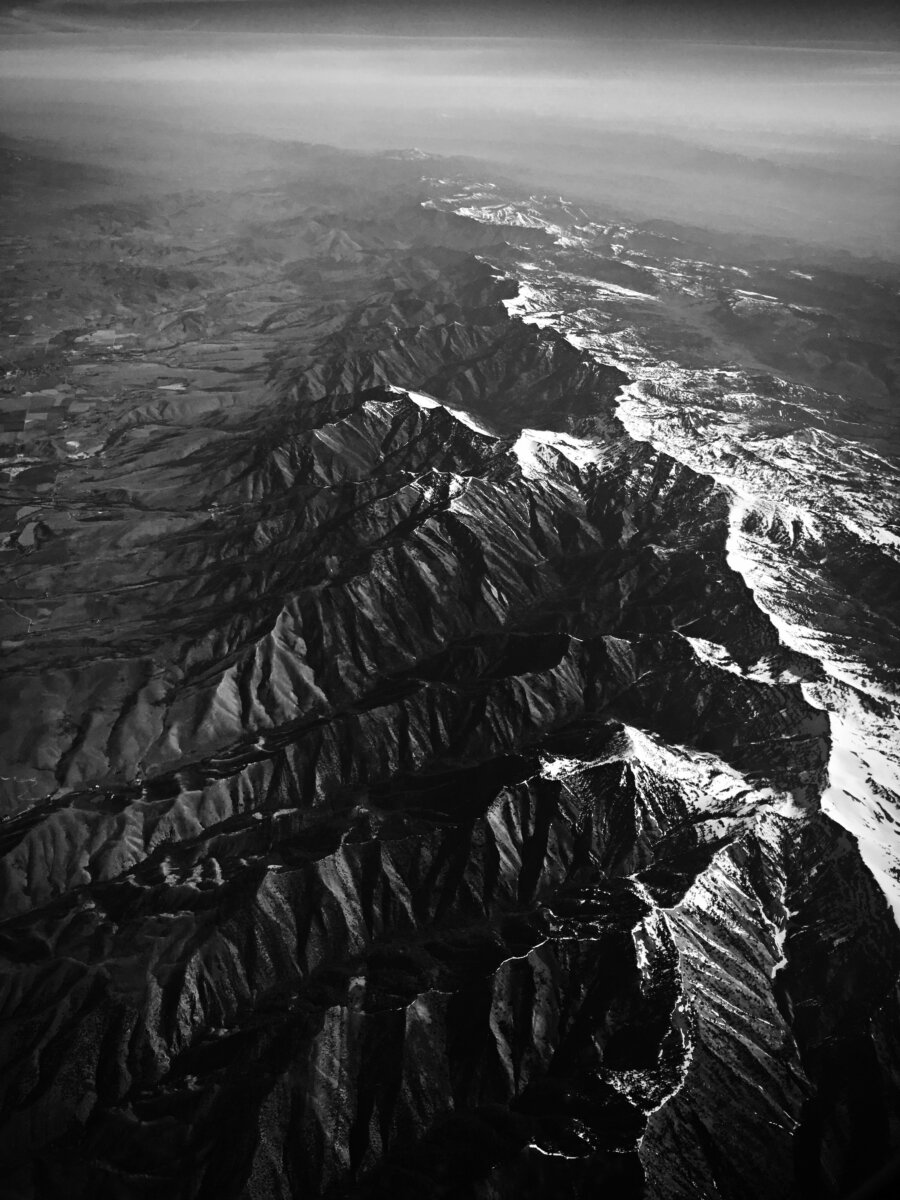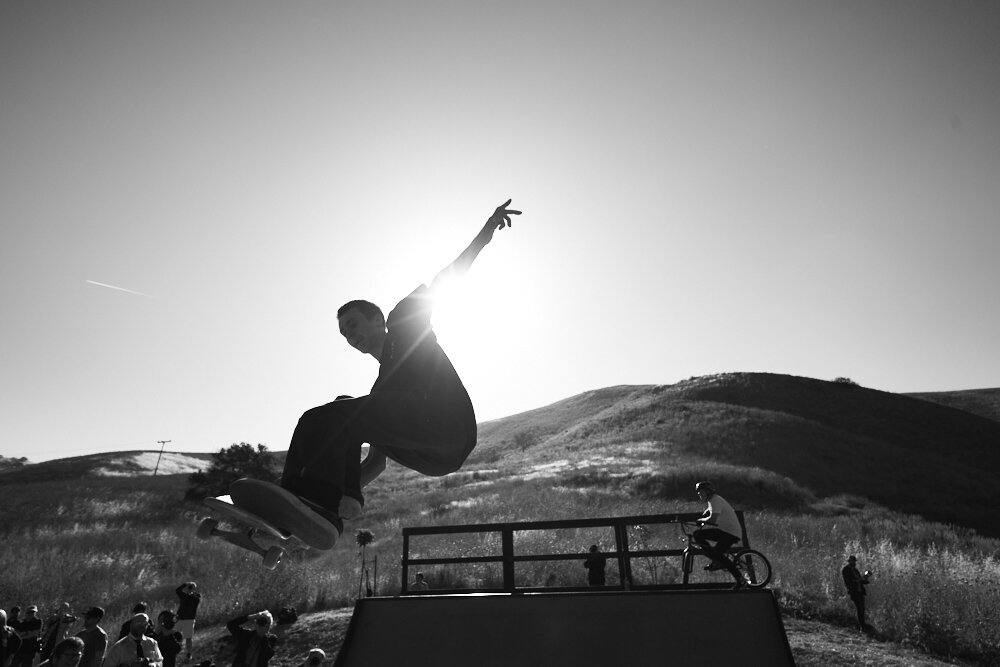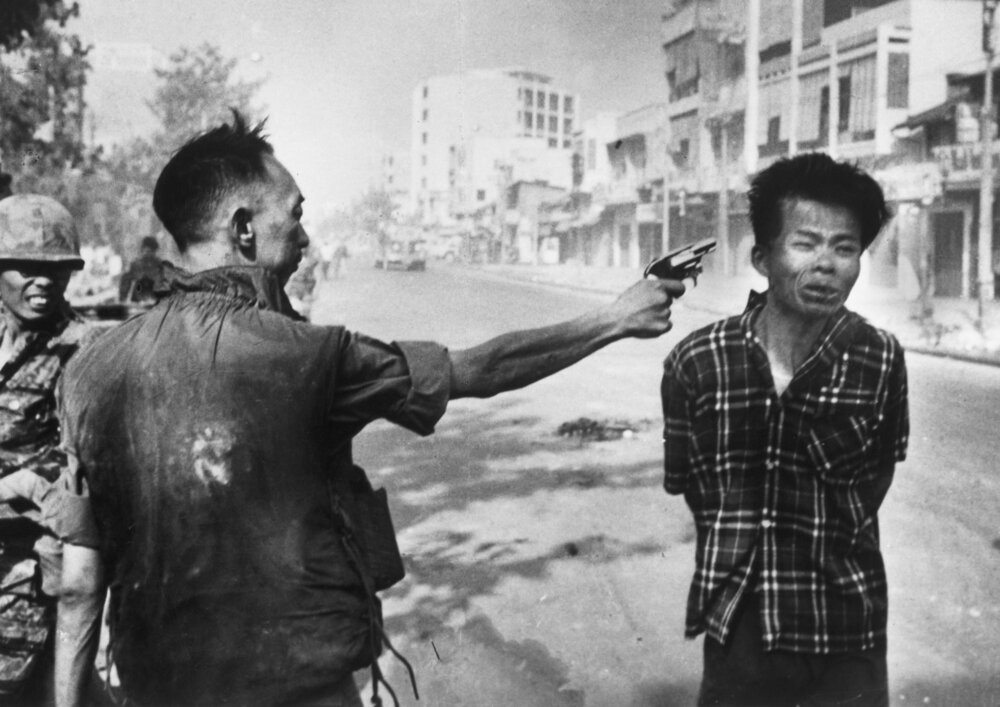Black and White Photography is Truly The Best Way to Embrace Image Noise And You Shouldn’t Be Ashamed About it
Editor’s Note: This is one of La Noir Image’s free blog posts. You can subscribe for as little as $15/year. But there are more goodies at the higher tiers.
Years ago, there were photographers who used to tell me that converting an image to black and white just to save it from high ISO noise is the lazy way to go about working with the image. And further, if the image couldn’t be de-noised, then throw it out. You failed. There wasn’t another chance. You should be ashamed. But that toxicity is really just that–toxicity. It’s an old world mentality that was probably formed and shaped by internet trolls and more toxicity that actually happened in real life. This was in the days of early digital. As I’ve grown older myself, I’ve learned that those statements are incredibly false and that it’s completely wrong of us as photographers to push this on newer artists. The primary goal is to create an image that people will like. That’s it. You goal isn’t to satisfy photographers–generally speaking lots of photographers won’t buy a print made by other photographers unless they’re some sort of great master.
And perhaps that’s one of the biggest problems in the photography world that we don’t understand and that we don’t care about enough.
When it comes to getting critiques, the mainstream way is to get critiques from other photographers online for free. That’s a fantastic way for photographers to do it when they’re just starting out. But when you want to go even further, you need to look at a different target audience. Photo Editors such as those at publications, are the ones who look at the images of other photographers all the time. That’s how you get better. And even then, to each their own. The Photo Editor of the NYTimes will look for something much different than the Photo Editor at GQ. You can’t sit there and say that you’ll see the images of Brad Pitt recently done for GQ anywhere in the NYTimes. They’re just completely different standards and yet their audiences tend to intersect in different ways.
All of this comes full circle back to the black and white photography world. If you’ve never heard the saying “Black and white is a weakness” then you’re pretty lucky. But the truth is in the end that if an image looks good in black and white, then it looks good in black and white. And no matter what, any photographer who made the effort to actually make their images look good no matter what should be applauded. It shouldn’t be shamed because it shows genuine effort instead of wanting to post something so incredibly, stupidly flawed. That’s not to say that there can’t be any sort of beauty found in flawed images, but in the case of digital cameras there usually isn’t vs film analog.
So why does a high ISO digital photo look good in black and white? Because very few people who may try to license or buy your image can tell the difference. It looks like film. Do you have any idea how many people are out there that think that their images look like film but they’re not actually film at all? You’d be shocked at the misinformation out there being abundant. However, to unfortunately play into it this conversion process lends itself to images that have a classic look and feel to them. They’re made astonishingly simple and that makes the mind’s eye happy. In the end, that’s what we care about.
Don’t think this matters? Let’s take the very famous Eddie Adams image of a General executing a rebel. Let’s think more about this. What do we see here? We see a man being assassinated. His hands are tied behind his back, he’s scared. He’s sorry. And there is nothing he can do. He’s hopeless. It’s a frightening moment. But at the same time, it’s a very shocking moment.
An image like this helped end the war because of its interpretation: all that people saw was a horrifying incident that haunted the general for years to come. It wasn’t Eddie’s intent, he was simply documenting the scene. Very few people really know or understand the story behind the image. And obviously, at the time people didn’t care. They’re more caught up with the content. As long as the content in the image is gripping, it’s bound to force emotions out of people. And in that way, you can cover up or embrace those flaws that others may be distracted by with a simple conversion to black and white.


